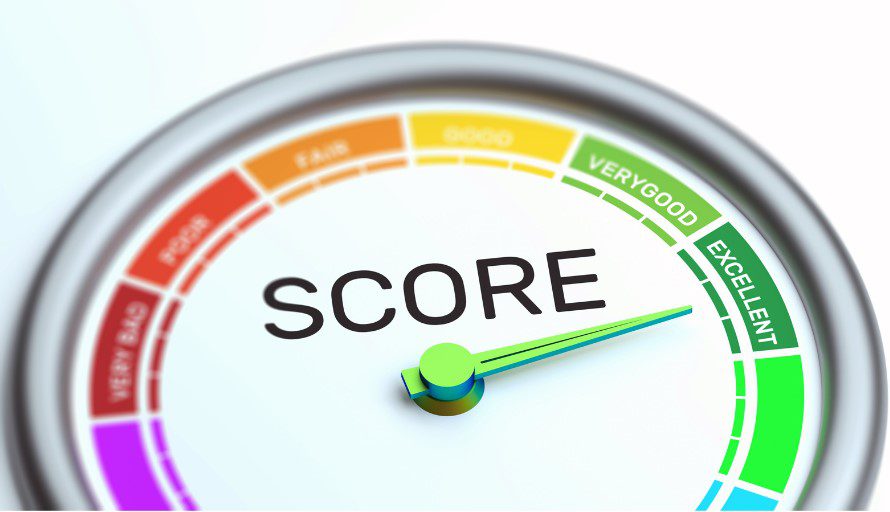Marketing Orchestration: What it is and Why it’s Important

Summary
Dive into Marketing Orchestration with this post that defines what it is and how we, at Heinz Marketing, think about it. It also breaks down each key component for a successful Marketing Orchestration framework.
By Brenna Lofquist, Senior Marketing Consultant / Client Services Operations at Heinz Marketing
I often find in the world of Marketing that different people have different definitions for words or phrases. This makes sense because there isn’t one source of truth for all things marketing. In schools the curriculum changes over time, new technologies are available, how buyers engage changes, and so much more. I think all of this makes it that much more important to make sure people know what you’re talking about. Hence the reason for this blog post.
So What is Marketing Orchestration?
Let’s take a look at a few definitions from the internet.
MarketingProfs says: Marketing orchestration is a powerful approach in marketing automation and ABM. It focuses not on delivering standalone campaigns but on optimizing a set of related cross-channel interactions that together make up an individualized customer experience.
In the Forbes article “A CMO’s Guide to Marketing Orchestration” it explains that the marketing industry started with automation to facilitate functions like inbound and outbound marketing and now has turned to orchestration to truly tune and optimize the entire ecosystem. The article also emphasizes data and how it’s the key to success.
DemandBase defines it as: The coordination of activities, programs, and campaigns across all marketing and sales channels to create a personalized account experience. It empowers revenue teams to optimize different tactics, including advertising, email, direct mail, and social media, in a synchronized way across the buyer journey.
All great definitions but you can see how they vary. In general, they all align around coordinated efforts of some kind. You might be asking how Heinz Marketing defines Marketing Orchestration, so let’s get into it.
This is how we at Heinz Marketing define and think about Marketing Orchestration. We don’t have a definition per se so let me explain. It’s a disciplined approach to how marketing work gets done and it starts with planning and goes all the way through execution. The approach examines the inputs and outputs of campaign development and execution steps to drive cross-functional collaboration, improve agility and performance, and fulfill your market potential.
The Components of Marketing Orchestration
To be successful in marketing orchestration, there’s a few key components. Everything in a Marketing Orchestration framework or process must be clearly defined and communicated to those involved (that’s a whole other blog post). Since we’re still in the early stages, let’s break down each component.
People
Obviously you need people to make this thing work. The important thing with people is to ensure that roles and responsibilities are clearly defined at each point in the process. Who can provide input? Who has the final say? Without clear roles and responsibilities you’ll never get anything to market. We recommend using a RACI chart for this. If you aren’t familiar, it’s basically a responsibility chart. It identifies the key roles and responsibilities against tasks within a process or project.
The main objectives of a RACI are to:
- Set clear expectations
- Create accountability
- Reduce miscommunication
- Preemptively address misalignments
- Prevent delays
- Ensure equal capacity across roles
The steps or tasks are listed and then across the top you have each role. There are four letters that can be used in the chart:
Responsible – The person responsible for doing the work to complete the task or create the deliverable.
Accountable – The person who is ultimately responsible for making sure the work is completed and meets the project objectives. Every task should only have one accountable person.
Consulted – People that provide input and feedback on the work being done. They have a stake in the outcomes of a project because it could affect their current or future work.
Informed – Individuals who need to be informed about the progress of the project and what is happening.
Image from Wrike
Check out my colleague, Sarah Threet’s post about RACI tips to learn more.
Process
The process itself can take many forms however, the main thing here is that you have a well defined and documented process that allows you to reach your goals. The process aspect mainly determines the “how”. How will you achieve the desired result? How do you utilize the people and technology to solve the business problem? Processes are repeatable actions that theoretically produce the same result, independent of who performs them.
Here are a few important things to keep in mind when developing and implementing a process:
- Communication and training
- People must understand how they fit into the process, what are their roles and responsibilities, what do they need to do and when, etc. They are the stakeholders when developing a process. You should involve them from the beginning to the end. At first, understand what issues they are facing with the current process and document their feedback. Bring them in once you’ve created the initial process and see what they think. They need to feel included in the development of the process and feel like they are being heard.
- Identify and focus on key steps
- In a process there are likely key steps that impact the rest of the process and should be addressed first. If you think about a process from beginning to end, these steps likely occur in the beginning so it only makes sense to start there in case there are downstream impacts. Also, it’s more efficient because there are steps later in the process that are more likely to improve or resolve themselves.
- Continuous feedback and improvement
- Developing a process for Marketing Orchestration is constant. You don’t just create the process, implement it, and you’re done. Develop communication loops so you are hearing and documenting feedback. Then make sure you are communicating out a plan for updates and optimizations or if you aren’t making a change, at least let them know. Creating meeting cadences is another way to capture feedback. Make sure there’s a clear agenda for each meeting, set expectations of what to bring to the meeting, and outputs you want to walk away with.
Lastly, don’t overcomplicate the process. You can always add more steps or detail. It’s easier to add then to take away, especially if you already shared the process stakeholders.
Technology
Now that we’ve talked about the people and the process, you need to think about the technology needed to support it. Technology provides the tools that people can use to implement the process. Technology also helps to automate certain parts of the process, allowing for greater efficiency.
Now it’s very easy to get sucked in to all the shiny technology out there so be careful. When evaluating new or current technology, make sure it fits into the organization. Too often companies think about technology first and people and process last, which doesn’t work. The technology needs to support the people and process. Document the process requirements before you go out and look at tools. There’s nothing worse than onboarding a new tool that only addresses a portion of the issues.
Once you define the technology needed to support the people and process, make sure those using it are properly trained. If they don’t know how to use it or the process doesn’t utilize the technology, then you won’t get the best return on your investment and the process is likely to fail.
Technology should be built into the process. It should be clear which steps involve technology, who is responsible for using it, and the intended outcomes. For Marketing Orchestration, campaign planning and project management platforms are very useful. Depending on the size of your organization and/or your goals, a project management platform can be useful to track task durations, bandwidth and capacity, escalations, and exceptions which help to optimize the process.
Testing
Testing is probably the most important component to a successful Marketing Orchestration framework. It’s very important to understand this isn’t going to be perfect and the best thing you can do is get the framework to a point where it can be tested. You could spend forever trying to think about potential issues or bottlenecks that could arise once it’s it motion. An easier way is to test it out and let the issues surface themselves.
To test the framework you’ll want to identify a project and the team responsible for executing the project. You’ll need to train the team on each component; the process, the people (roles and responsibilities), and the technology. We recommend scheduling a weekly sync with the test team to talk through the project, where you can hear first hand how it’s going and document feedback. The test team should also provide input and feedback throughout the process, all of which should be logged.
After the test, review the feedback log and discuss updates and improvements to the framework. Communicate the updates by updating the documentation that supports the framework as well as through training. We recommend going through a few testing cycles but know that once the framework is live, testing doesn’t stop.
In summary
Developing a Marketing Orchestration framework is not quick. It takes time and requires continuous optimization and improvement. It requires lots of communication (i.e., gathering feedback, brainstorming, testing), time, and effort to develop the process and to train everyone involved so they are on the same page. In the end it’s all worth it because you will have built and implemented an efficient Marketing Orchestration framework that allows you to hit your goals.
Are you interested in chatting Marketing Orchestration? Reach out to us to schedule a brainstorm meeting acceleration@heinzmarketing.com.







